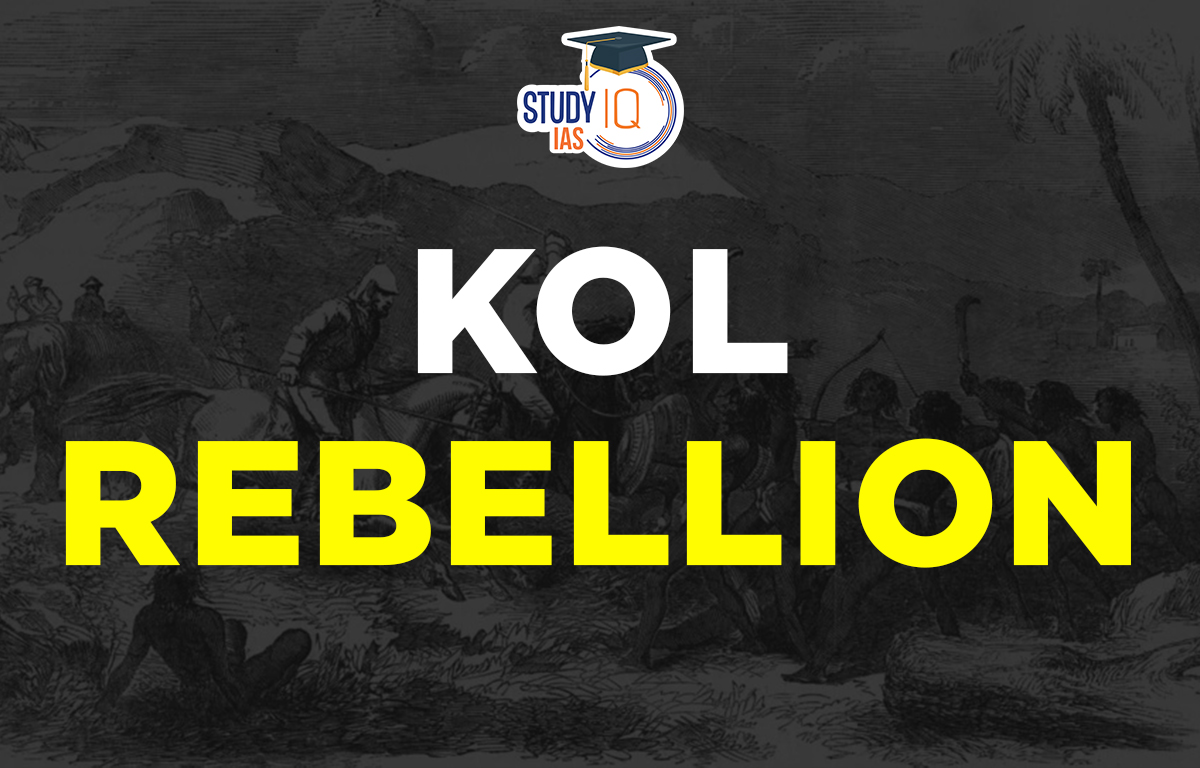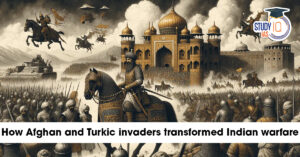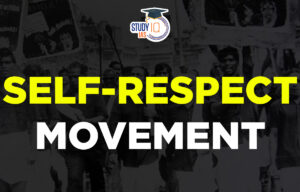Table of Contents
Kol Rebellion
The adivasi Kol people of Chhota Nagpur staged the Kol rebellion, often referred as as the Kol mutiny in British documents. Native to the region of Chota Nagpur, which was a part of the Bengal presidency during British rule in India, are the Kols. The Kols, Bhils, Hoes, Mundas, and Oraons are a few of these tribes. These people’s cultures, traditions, and ways of life are very different from those of the rest of the globe. You will learn about the Kol Mutiny (1831) in this article, which will aid with your preparation for the UPSC Civil Service Exam.
Read More: Paika Rebellion
Kol Rebellion History
The adivasi Kol people of Chhota Nagpur revolted between 1829 and 1839 in protest to economic exploitation caused by the East India Company’s land tenure and administrative institutions. This insurrection is also referred to as the Kol rebellion in British archives. Other communities such as the Mundas, Oraons, and Hos joined the Kol people, leading some writers to refer to it as the Munda rebellion.
In South Bihar and neighbouring recently ceded territory about 1819, a rebellion broke out in response to the appointment of a Political Agent to the Government. As a result, a large number of people migrated into these areas, which were inhabited by a number of adivasi tribes. These tribes had no central authority, and their land was divided among families that were connected by “parhas,” or gatherings. Due to the establishment of new land restrictions, outsiders who moved into the area and engaged in agricultural and commercial activities that were foreign to the tribe’s culture exploited the Kols.
Read More: Chuar Uprising
Kol Rebellion Uprising
Around 1819, a Political Agent in South Bihar was appointed to the government, which sparked an uprising in neighbouring regions. As a result, a large number of people moved into these regions, which were previously home to various Adivasi tribes.
These tribes were unruly before the British arrived, and their territories were split among families connected by “parhas,” or conferences. With the implementation of new land laws, strangers pouring into the region and engaging in agricultural and economic pursuits that were foreign to tribe culture exploited the Kols.
Also, many of the locals’ lands were confiscated as security for unpaid loans. The taxing of goods that were formerly freely transported, like salt, was another irritant. Lawlessness and dishonest government procedures followed. Due to the aforementioned factors, the Kol tribesmen of Chhota Nagpur revolted against the East India Company (EIC) in 1831 because they felt exploited by EIC agents.
Buddhu Bhagat, Joa Bhagat, Jhindrai Manki, Madara Mahato, and others served as the rebel kols’ leaders. The Kol uprising began in 1831 when two Sikh thikadar (contractors) had their farm burned down and pillaged. Conflicts between the armed troops and the tribal Kols rebels occurred in 1832 The Kol tribesmen did not fight in isolation, which was a defining aspect of the insurrection. They allied with other tribes like the Hos, Oraons, and Mundas.
Read More: Ahom Revolt
Kol Rebellion Significance
Chotanagpur, Ranchi, Singhbhum, Hazaribagh, Palamau, and the western regions of Manbhum are all home to the Kols as well as other tribes. Large-scale land transfers from Kol headmen to foreigners, including oppressive Hindu, Sikh, and Muslim farmers and moneylenders who demanded exorbitant levies, in 1831 marked the start of the problem. Also, the Kols’ traditional social conditions were affected by British judicial and revenue tactics.
The King of Pohrat also agreed to pay a large amount of taxes to the British administration in 1820. The Kols rejected this logic, which led to a mutiny. In order to benefit from the tribal cultures of the indigenous tribes, new land laws were passed. Under the guise of providing security for overdue creditors, their farm was taken. The customary social lives of these indigenous tribes were utterly destroyed by their oppressive methods, high tax rates, and British legal and financial systems.
Both psychologically and physically, they were tortured. The hereditary kingdoms of zamindars and moneylenders were seriously threatened. The Kol rebels, led by Buddho Bhagat, killed or burned over a thousand outsiders in 1831 as a result of the angered Kols. The conclusion of extensive military operations was required before the order could be reinstated. The appointment of a political agent to the administration in the recently acquired region of South Bihar sparked this uprising.
Read More: Ahmadiyya Movement
Kol Rebellion Leaders
Buddhu Bhagat, Joa Bhagat, and Madara Mahato spearheaded the rebellion in Kol. Afterwards, Mundas also joined the uprising. The “only leader who distinguished himself” was Buddhu Bhagat. They fought valiantly until they passed away. Many non-tribal people were killed, and their homes were burned down. Other tribes, including the Oraons and Mundas, joined them in their struggle, so they were not fighting alone.
Two years passed before British modern weapons put an end to this insurrection. Battle axes and talwars, among other traditional weaponry, were used by Buddhu and his allies. Despite their heroic efforts, they ultimately lost.
Read More: Aligarh Movement
Kol Rebellion UPSC
Native to the region of Chota Nagpur, which was a part of the Bengal Presidency under British rule in India, are the Kols. These tribes are isolated from larger cultural influences, which accounts for their cultural homogeneity and lack of advanced technology. Tribal unrest and resentment over the new style of government and legislation led to the Kol uprising of 1831–1832. More than 70% of tribal members end up as lifelong bound laborers. Native land ownership customs were not well tolerated by these colonial strongmen. For students preparing for the UPSC Test, this article contains all the information regarding the Kol Rebellion.
Read More: Anglo-Burmese War


 Birsa Munda Birth Anniversary 2025: Life...
Birsa Munda Birth Anniversary 2025: Life...
 Military Innovations of Afghans and Turk...
Military Innovations of Afghans and Turk...
 Self-Respect Movement, History, Objectiv...
Self-Respect Movement, History, Objectiv...

























